When it comes to sailboat performance, the point of sail makes a huge difference in speed and efficiency. Two popular and contrasting points of sail: beam reach and downwind wing-on-wing ...often spark debate among sailors. So, which one is faster? The answer may surprise newer sailors: the beam reach is almost always faster.
Understanding the Two Points of Sail
-
Beam Reach: This occurs when the wind is coming directly across the beam (side) of the boat, roughly at a 90-degree angle. The sails are let out halfway, and the boat typically sails flat and fast.
-
Wing-on-Wing: This is a technique for sailing dead downwind where the mainsail is on one side (typically port) and the jib or genoa is flown on the opposite side (starboard), like wings spread open. It's often used when trying to run directly with the wind without jibing.
Why the Beam Reach Is Faster
-
Apparent Wind Increases
-
On a beam reach, as the boat moves forward, it generates apparent wind (the wind experienced on the boat), which combines with the true wind to produce a stronger breeze across the sails.
-
This boost in apparent wind means the sails generate more lift, similar to how an airplane wing works: more lift equals more speed.
-
-
Efficient Aerodynamics
-
The sails are shaped like foils when reaching, generating lift as wind flows across both sides. This is far more efficient than running downwind, where the sails mostly catch and deflect wind (like a parachute).
-
Less drag, more lift = higher velocity.
-
-
Less Rolling, More Control
-
Beam reaches are generally more stable and produce less rolling motion than wing-on-wing setups, which can be awkward and require constant attention to avoid accidental jibes.
-
A steady, controlled sail means the helm can keep the boat dialed in for speed.
-
When Wing-on-Wing Works Best
While not the fastest, wing-on-wing is effective for sailing directly downwind when you want to make a straight run with the wind at your back. It's most useful on cruising passages where comfort and direct routing are prioritized over speed.
That said, racers and performance cruisers often prefer broad reaching and jibing downwind in zig-zag patterns rather than sailing wing-on-wing, because they can maintain higher speeds on those off-the-wind angles.
Wrap Up
So, which is faster? Beam reach wins, hands down. It offers the perfect combination of lift, power, and efficiency. While wing-on-wing has its place, especially for relaxed downwind cruising, it can’t compete with the sheer speed and responsiveness of a beam reach.
Next time you're out on the water, experiment with both ...and feel the difference for yourself. And no matter your heading, may your sails stay full and your course true.


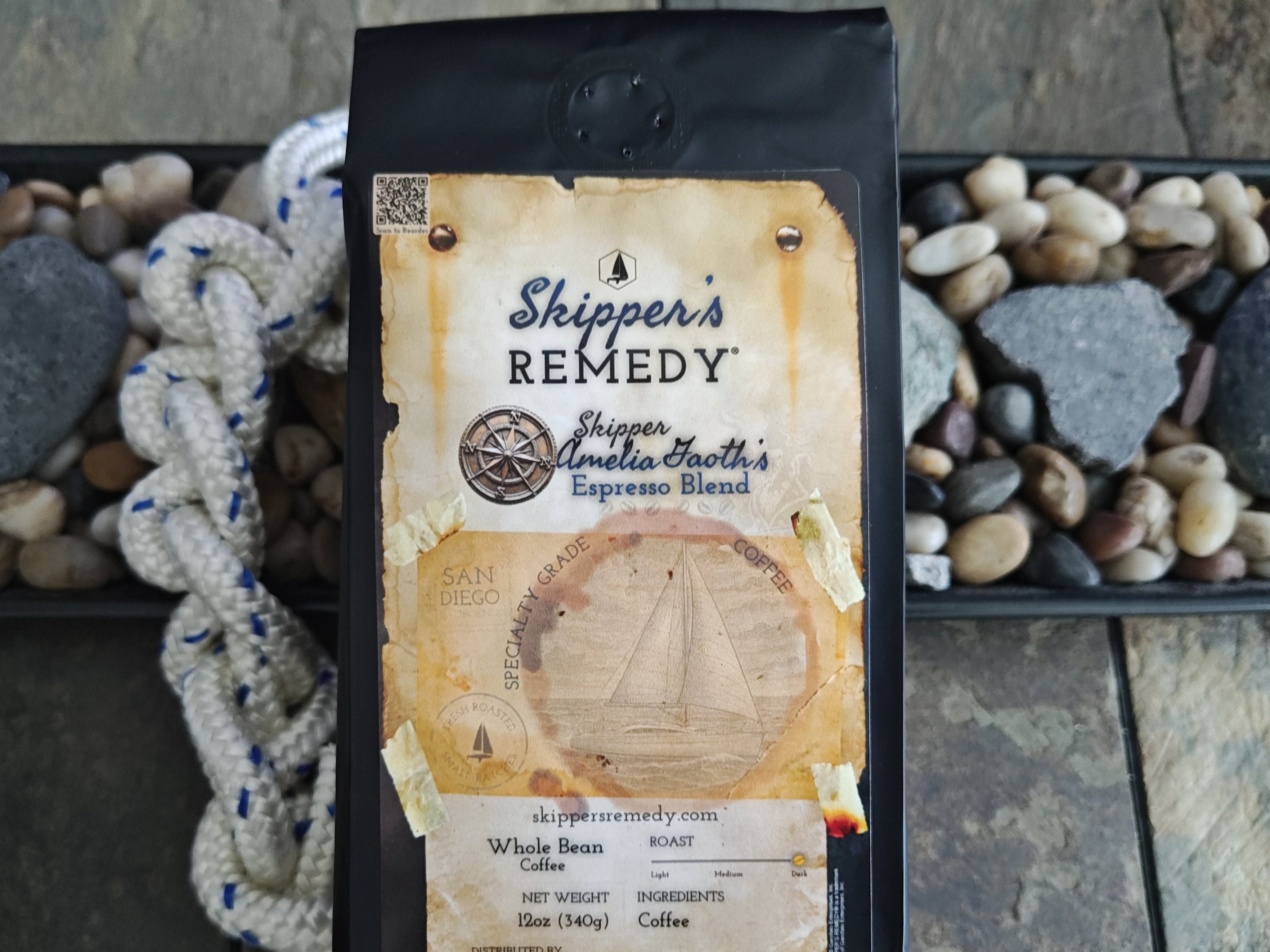
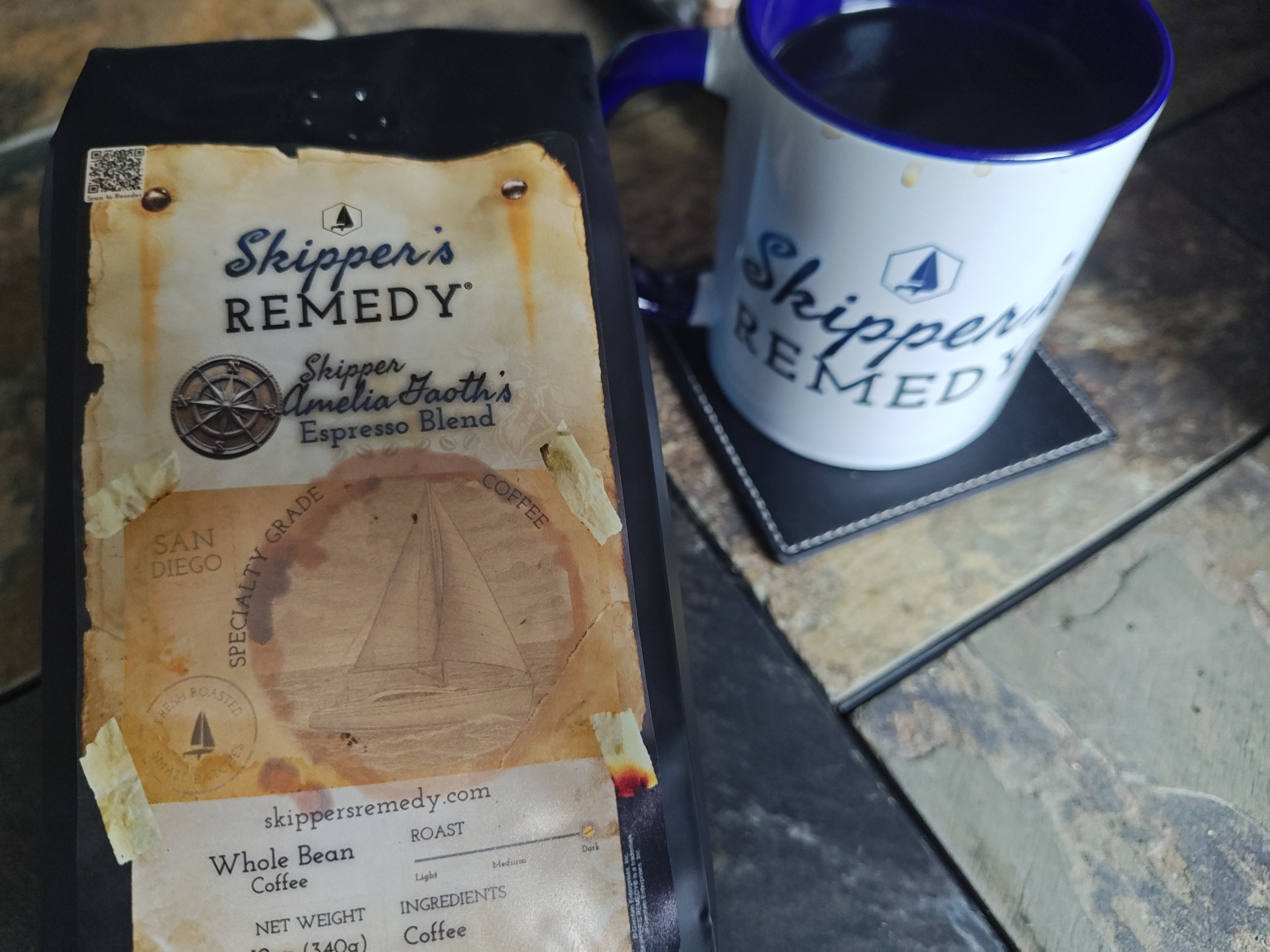
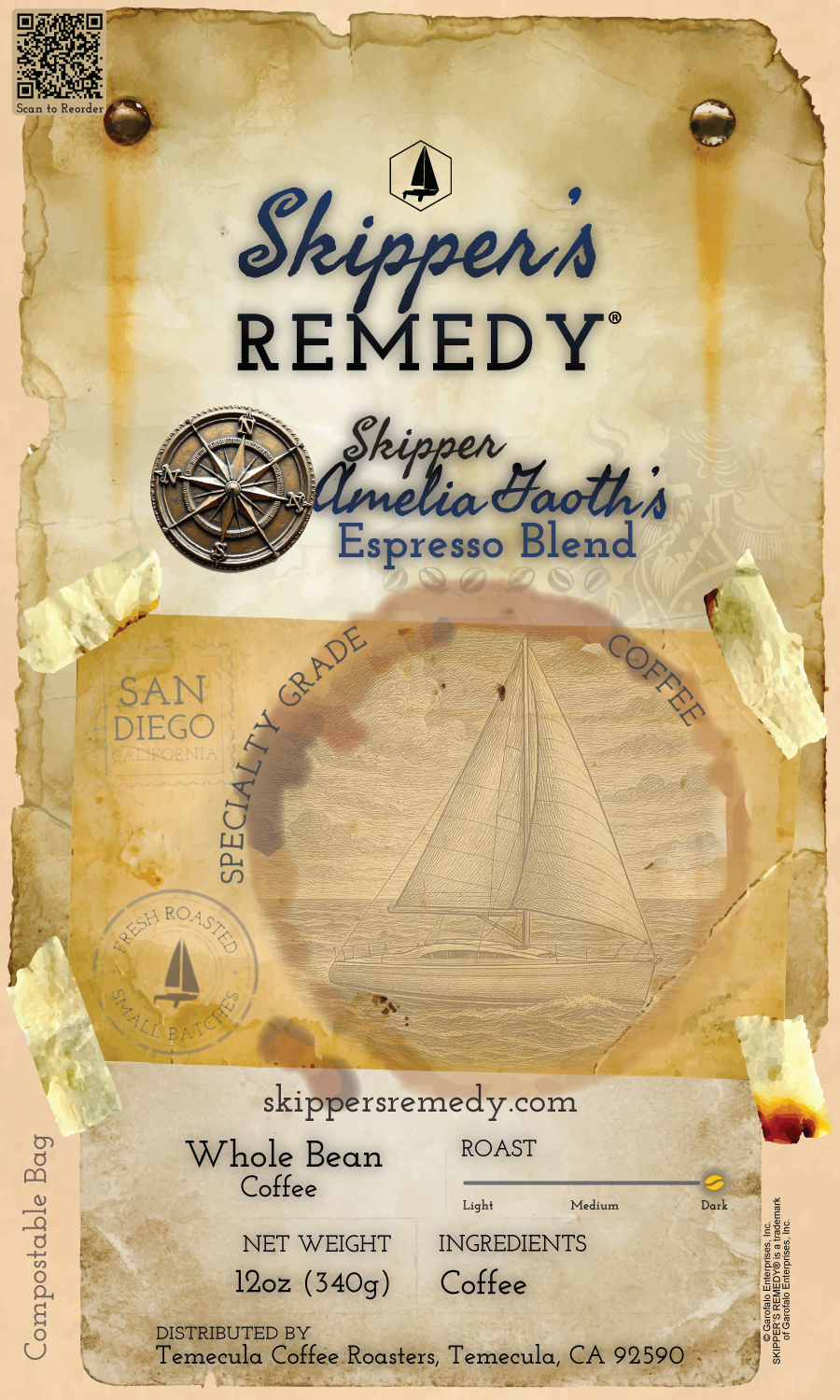

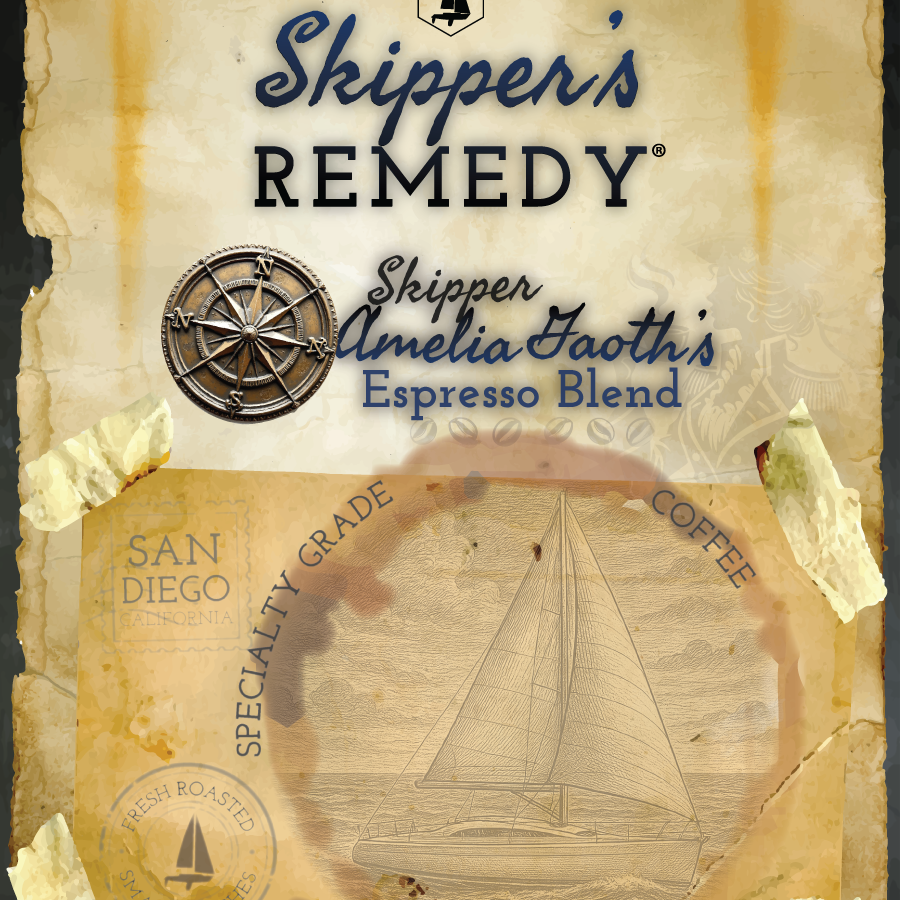
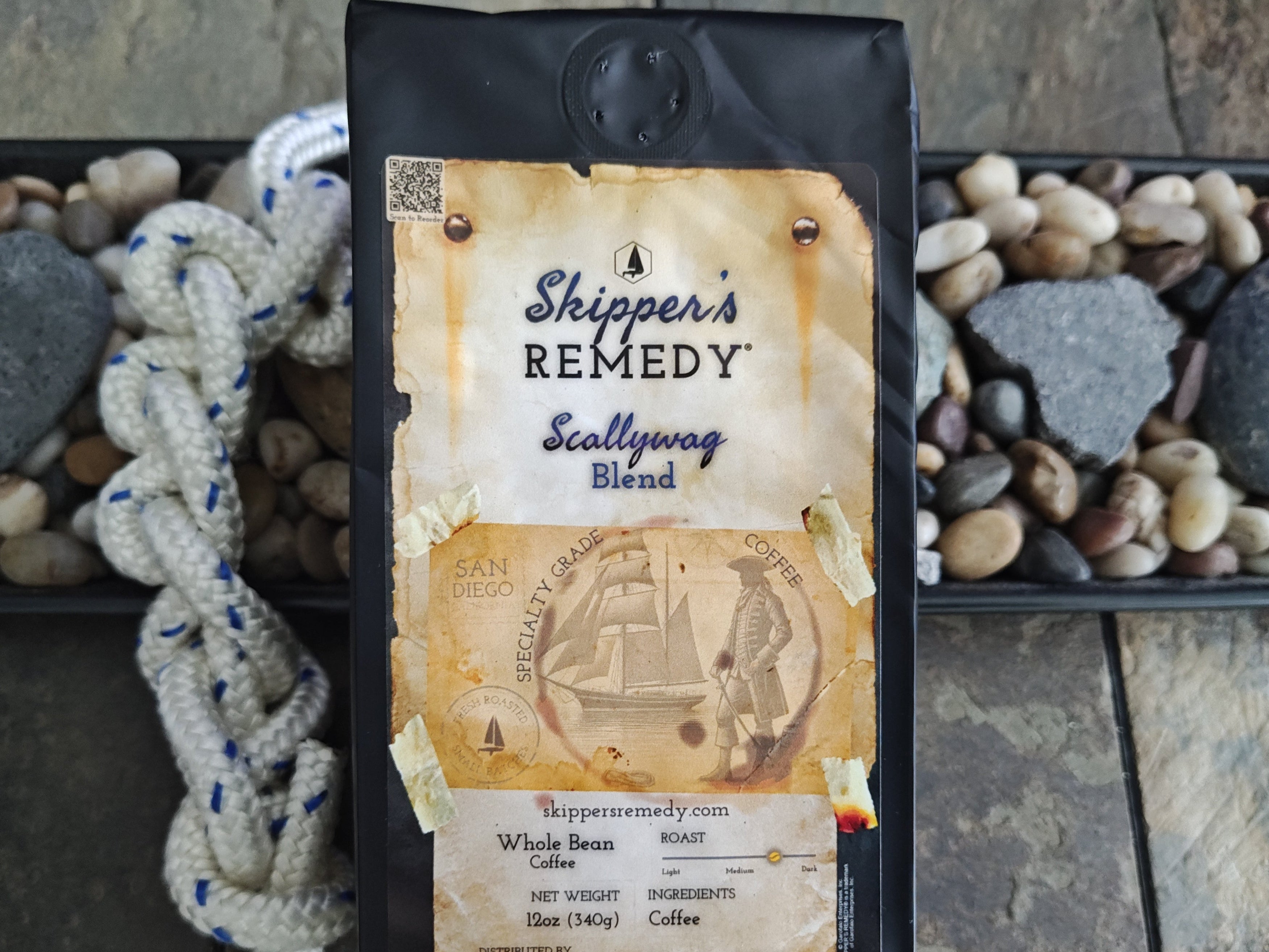
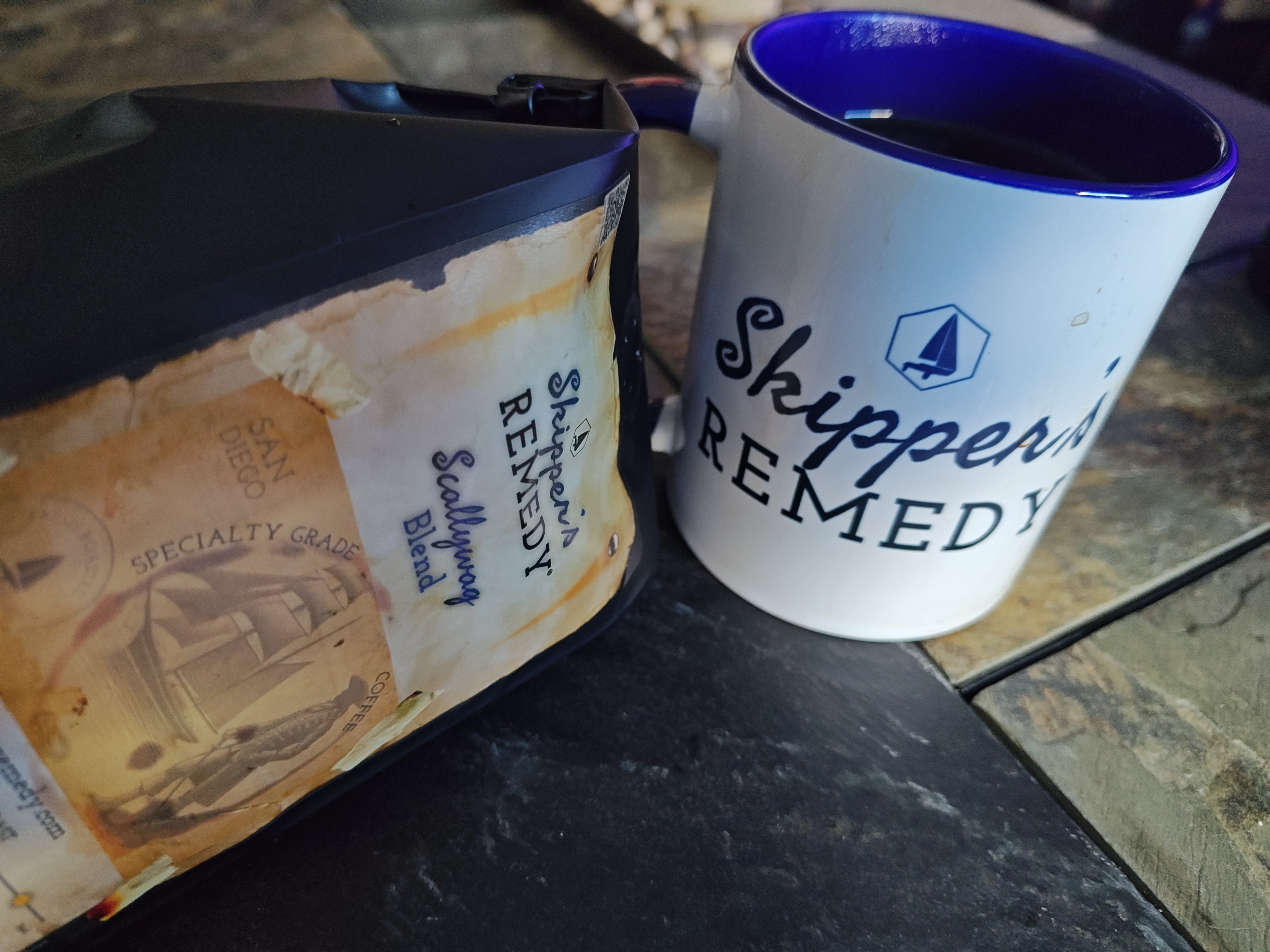
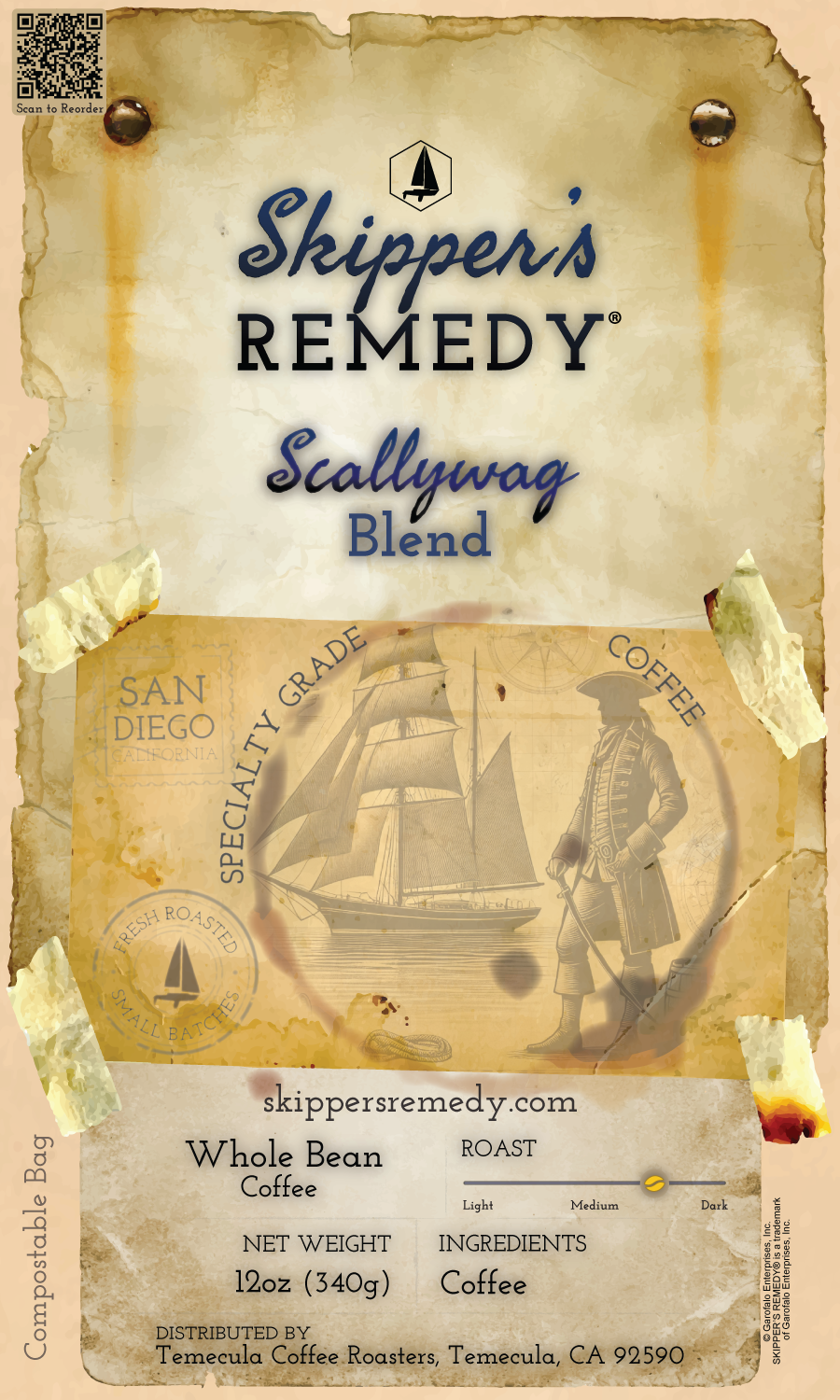
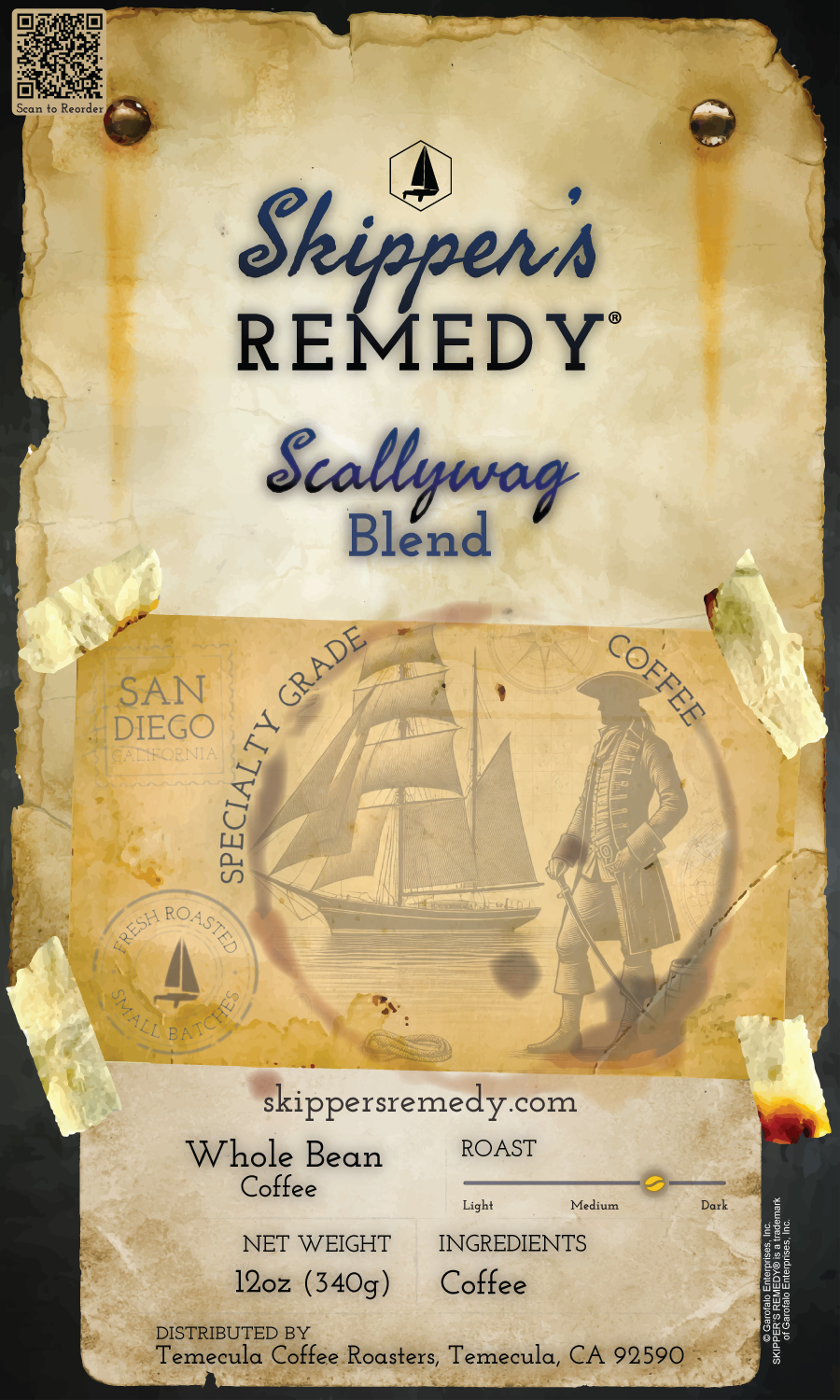
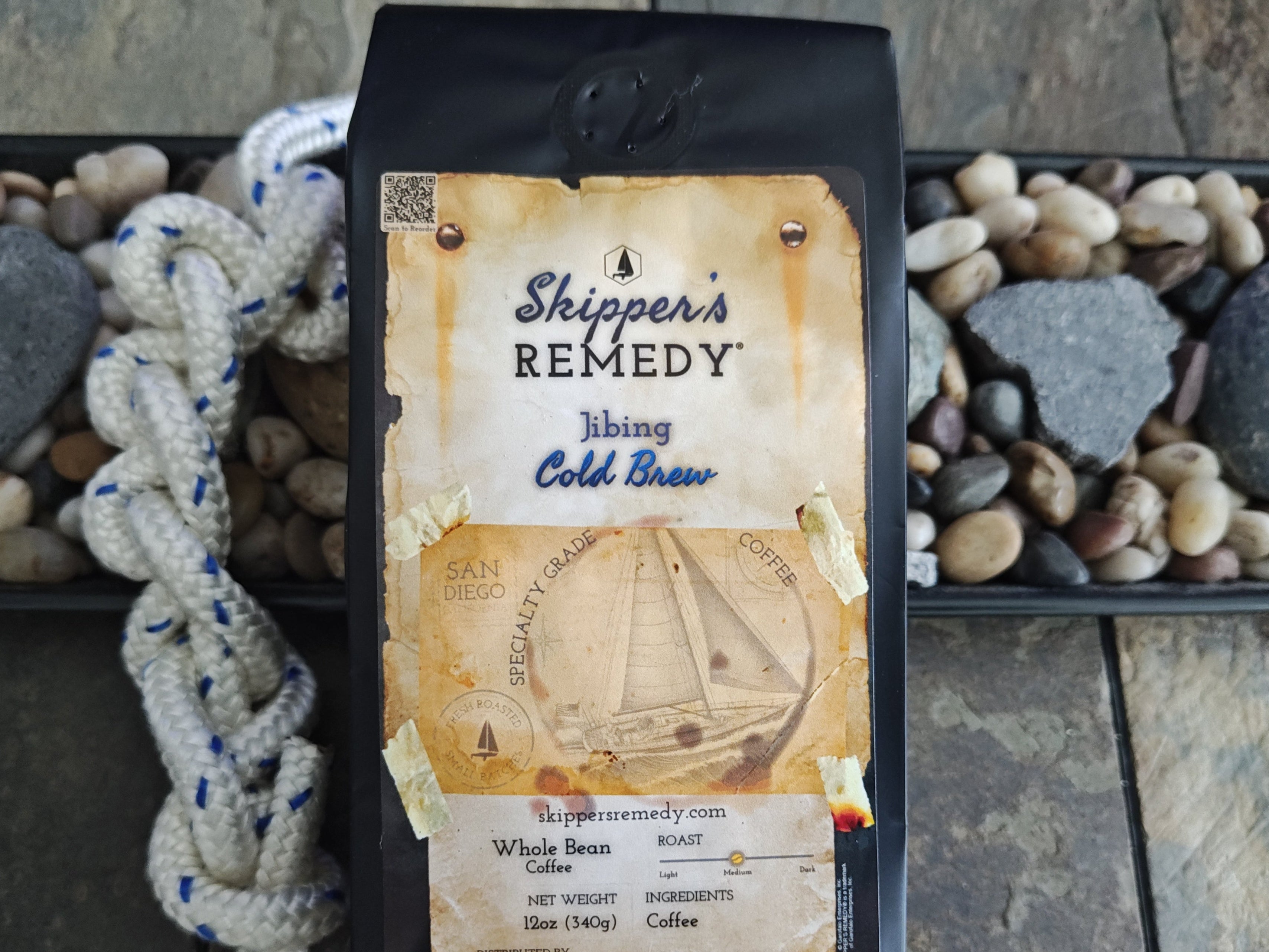
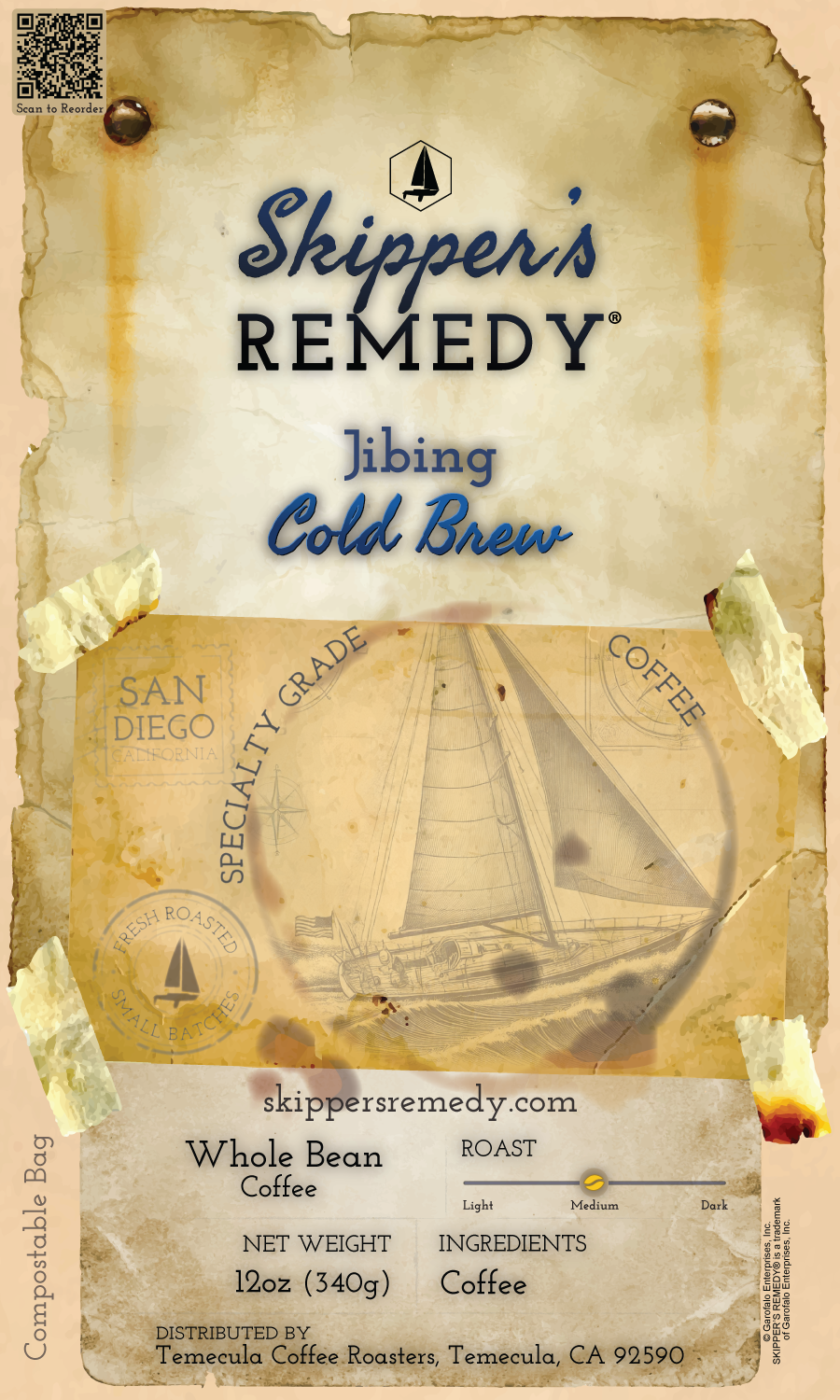
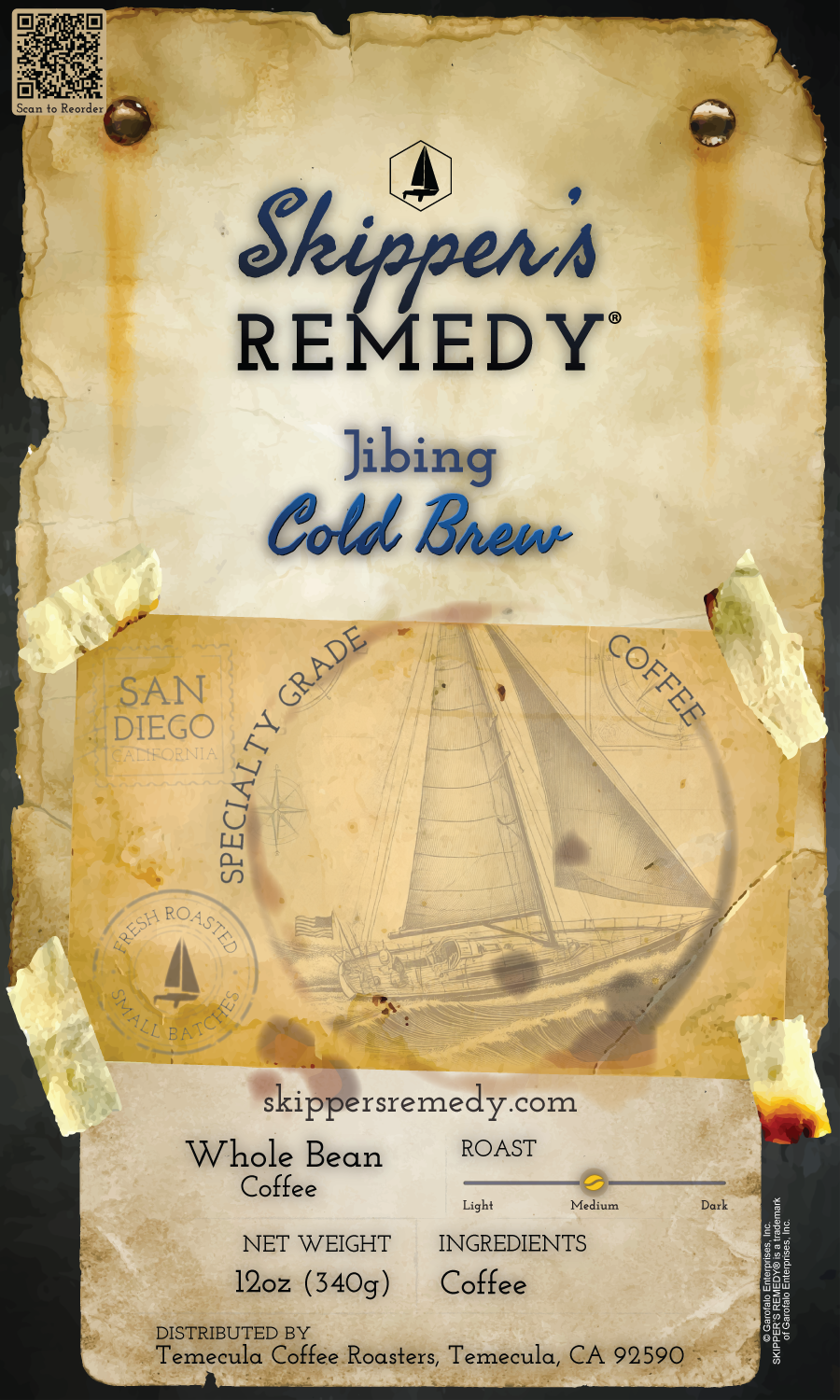
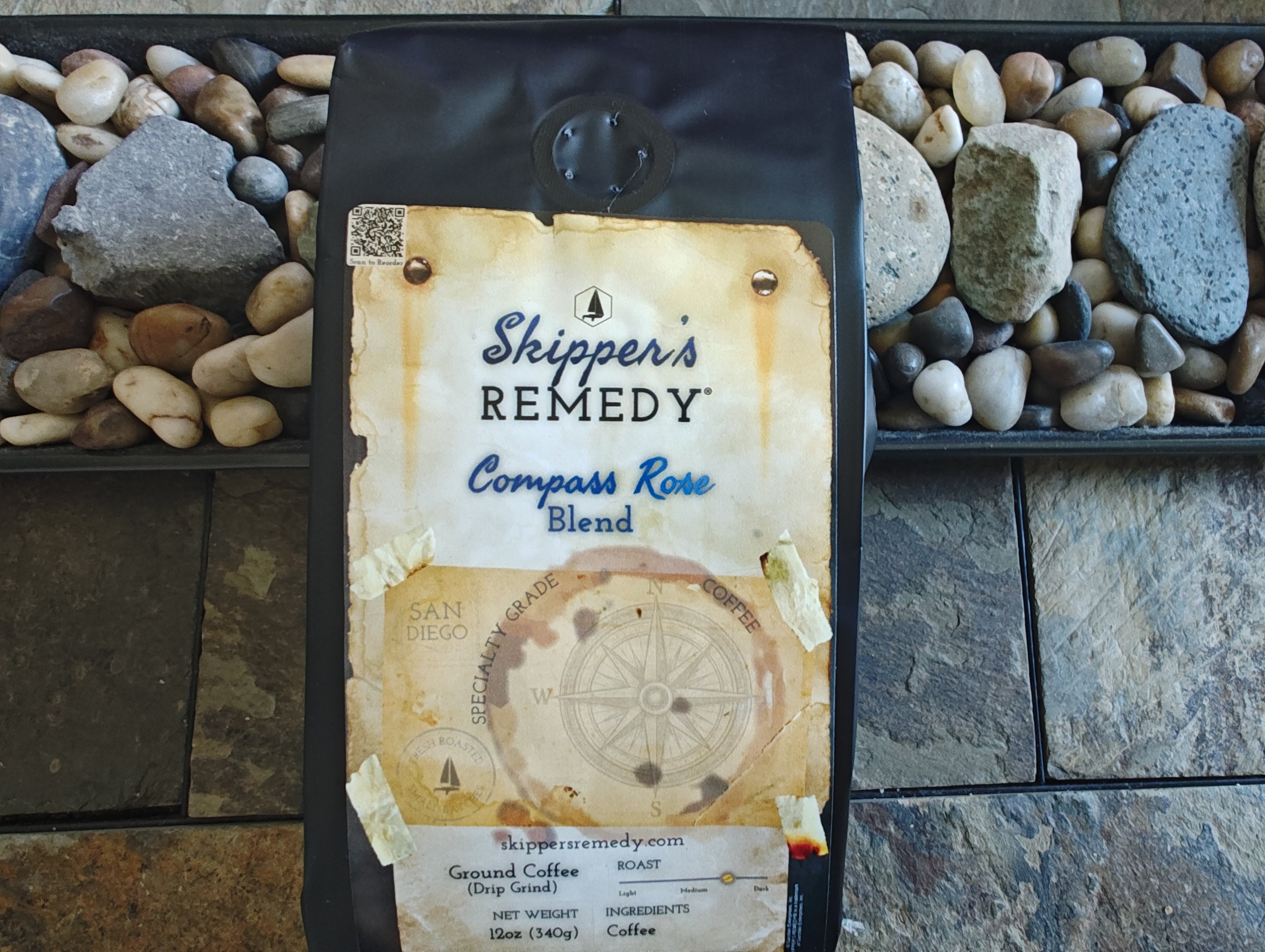
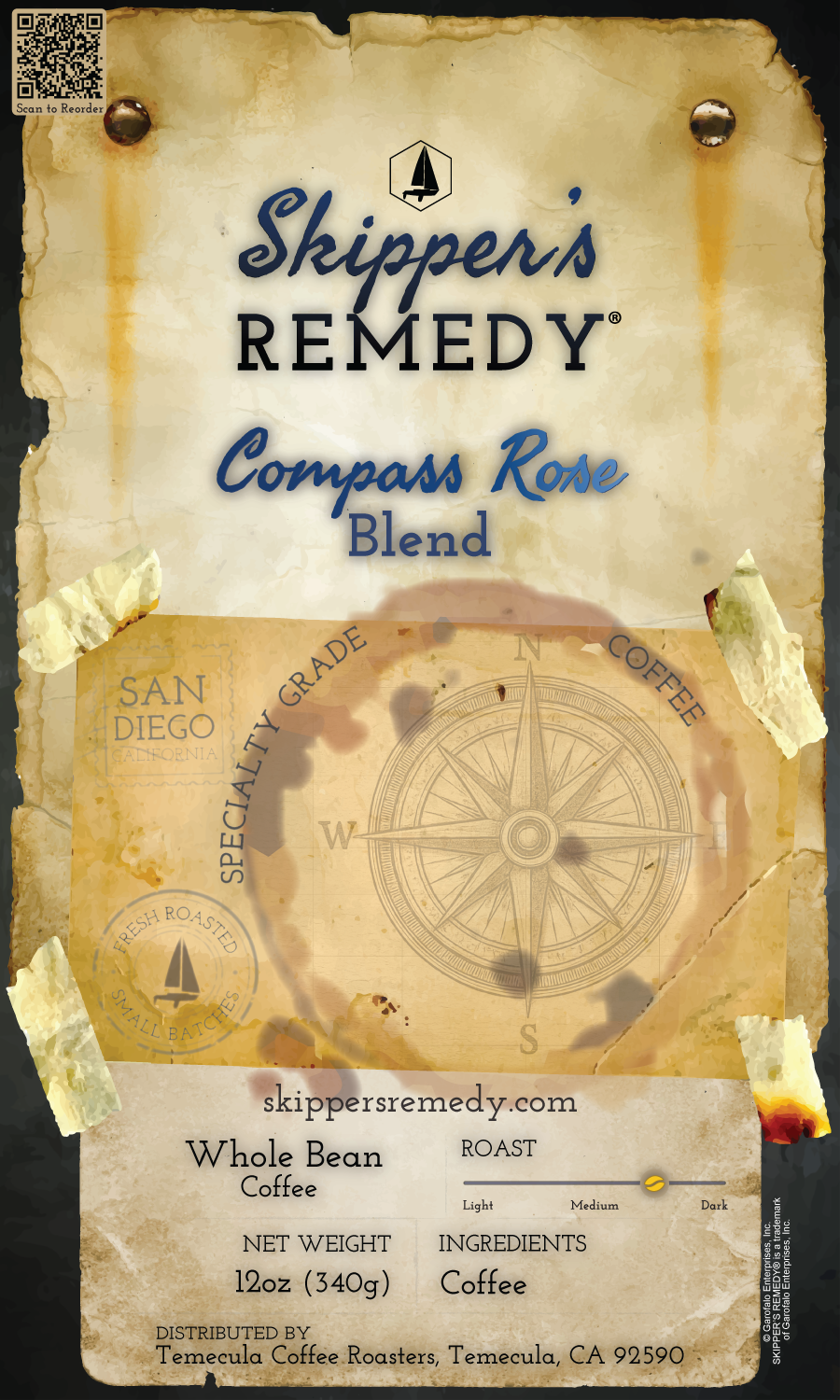
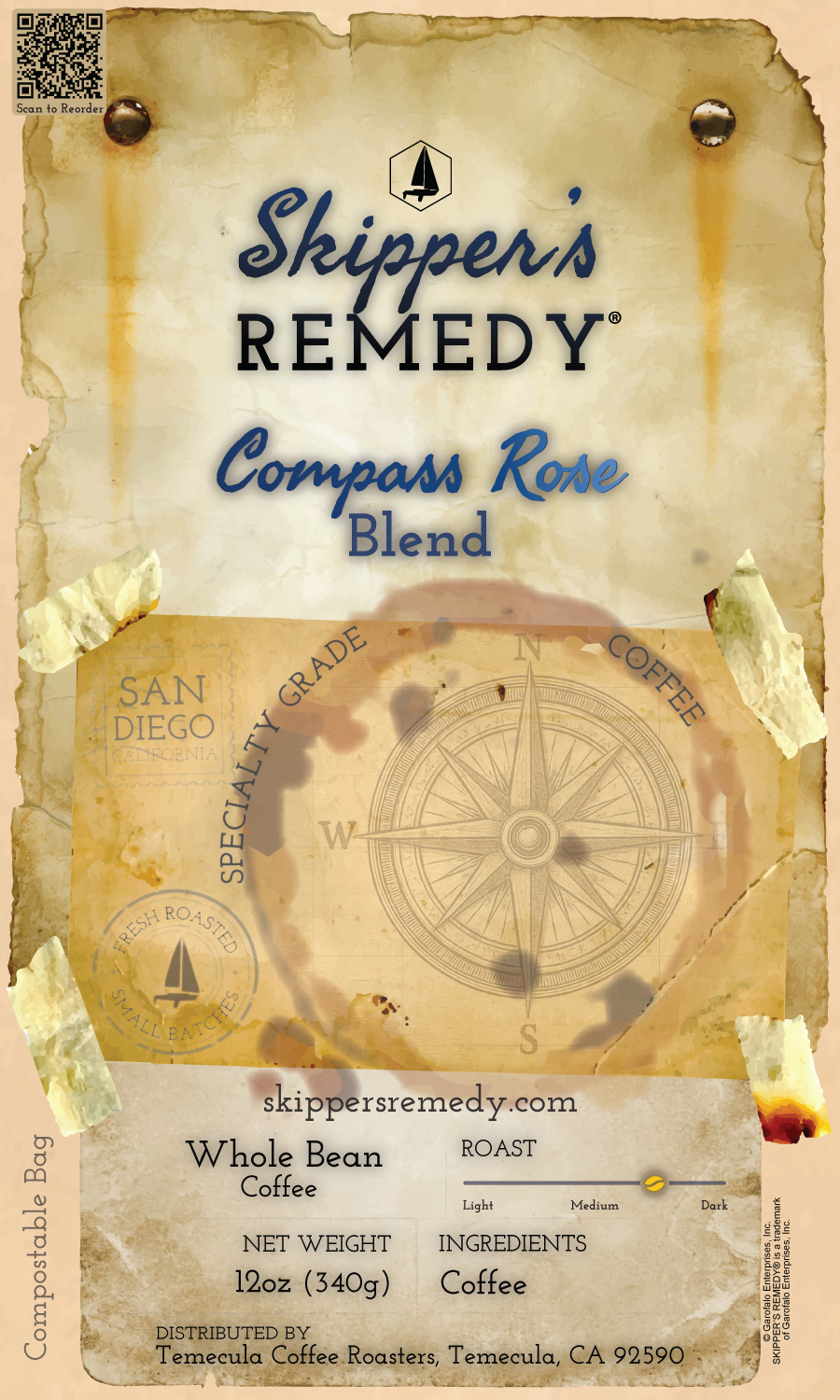
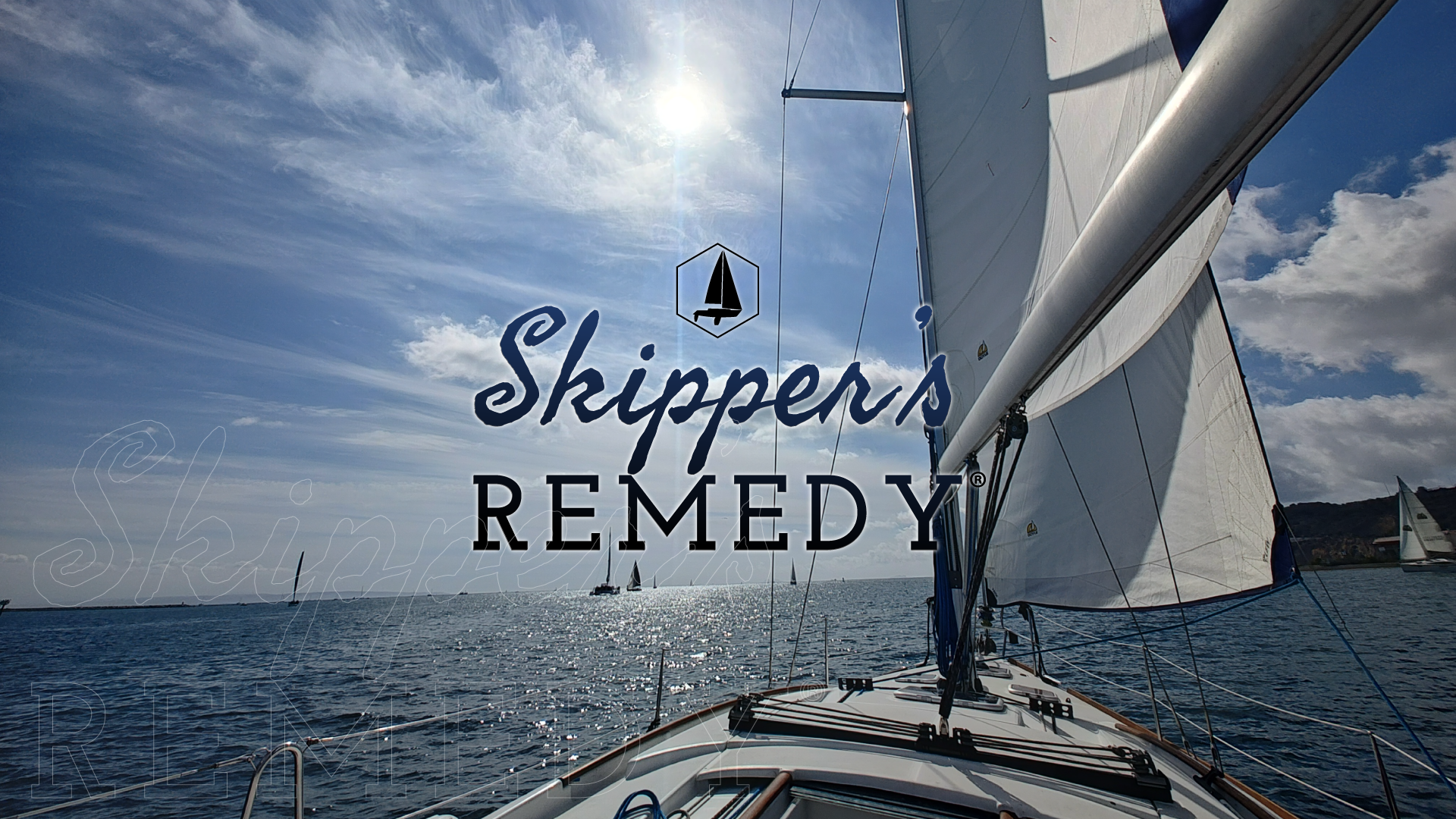




0 comments